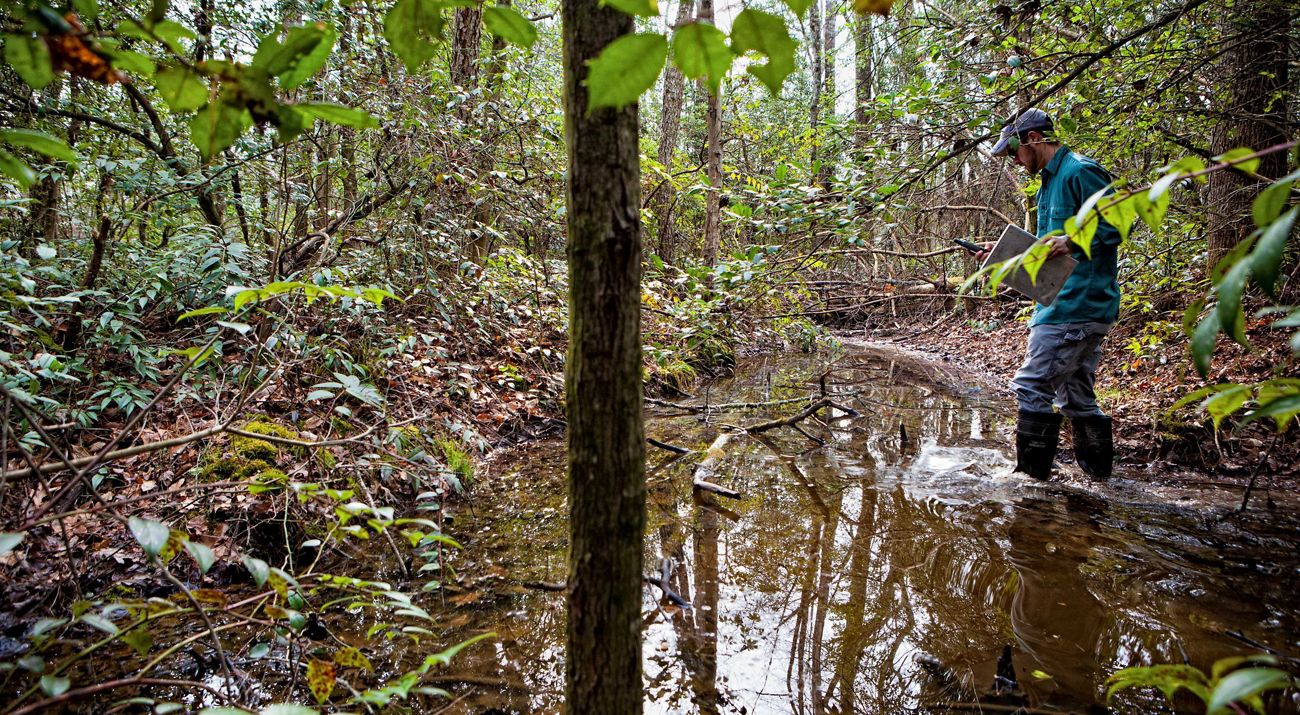Southern Appalachian Mountain Bogs
TNC is protecting precious wetland habitat for rare species in western North Carolina
Southern Appalachian Mountain Bogs are one of North America's rarest and most incredible habitats. Although near 5,000 acres of bogs were once found in North Carolina, only about 500 acres remain. Many bogs have been lost to draining, ditching, and development.
Bogs are defined by their nutrient-poor, acidic, and saturated soil and are usually found in low-lying areas where water has pooled. Although that description is less than thrilling, over time, such areas create ideal conditions for rare plants and animals to thrive.
Conserving mountain bogs is a key step in recovering the bog turtle, the smallest turtle found in North America, the sweet pitcher plant, and three other federally-endangered plants. TNC in North Carolina has also recently partnered with other organizations to augment bog turtle populations through a process called head-starting, where juvenile turtles are raised in captivity until one year of age.
Our Southern Blue Ridge Program Director Megan Sutton has spent a great deal of time in TNC's bogs. "The way we are managing these bogs is somewhat unnatural," Sutton admits. "We're trying to manage them in place, because they don't have any place to move." Ecosystems that used to exist across a landscape, now only occur in rare pockets.
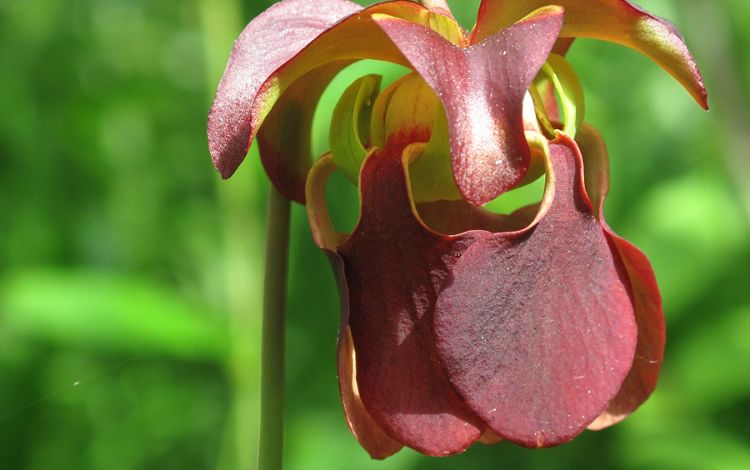
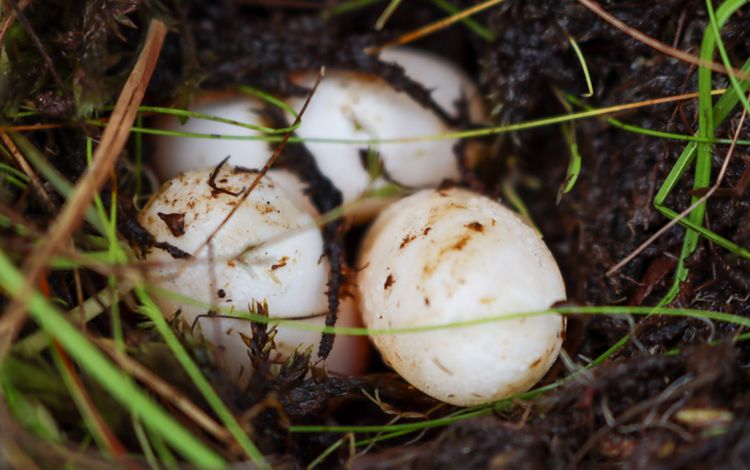
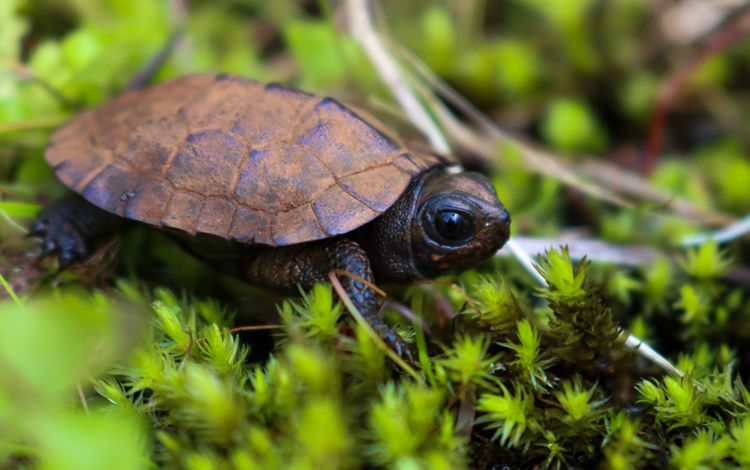
Quote: Megan Sutton
The way we are managing these bogs is somewhat unnatural. We're trying to manage them in place, because they don't have any place to move.
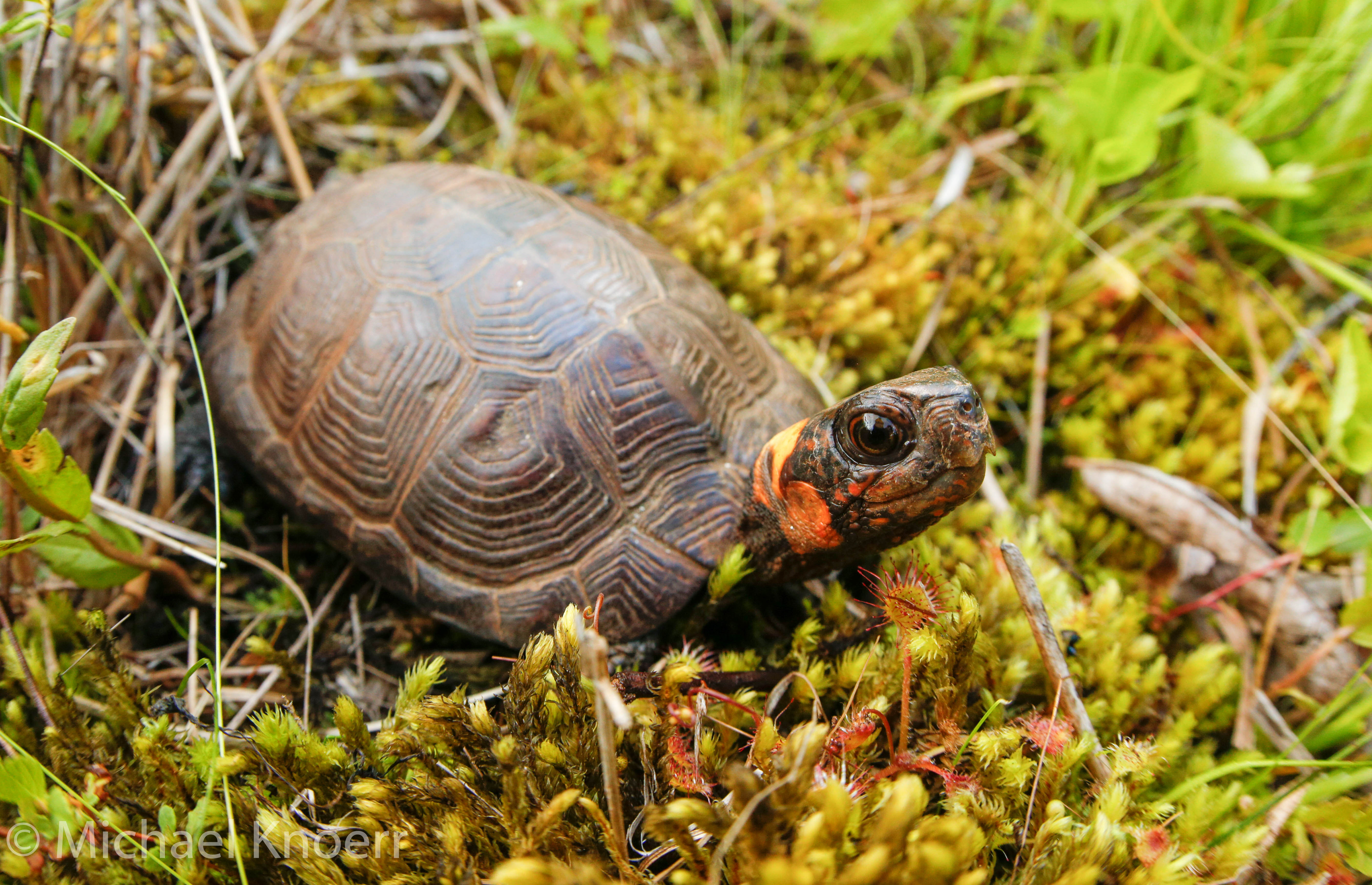
"At one time, many of the valleys were just complexes of wetlands, wetlands that were in a constant state of either being created by beavers or succeeding into forest," explains Southern Blue Ridge Stewardship Manager Adam Warwick. "Managing a bog is really tough. In some places, land management might just require restoring a natural process such as fire. Bogs require a host of different techniques."
"A lot of bogs were shaped or influenced by beavers, but you can't just put the beavers back. The flooding they will create will be too deep for the rare plants that you have there now and neighboring landowners aren't going to tolerate their trees getting chopped down and their land flooded. So, you have to mimic all those things that the beaver did," he says. "That takes time and money. You have to do brush cutting, hand pulling plants and some burning."
Despite the labor involved, Sutton and Warwick are passionate about bog protection. They believe bogs are important, even though most North Carolinians will never see one. "There are lots of things out there that have an intrinsic value because of their existence. You don't have to always have been to them or have seen them. A bog is that kind of place," says Sutton. "Just to know that this very cool and rare place exists in the world, that's enough."
In addition to the bogs we actively manage, TNC donated land in Ashe County for the establishment of Mountain Bogs National Wildlife Refuge and is a founding partner of the Bog Learning Network.
Sign Up for Updates
Enter your email to hear more about our bog protection work.
